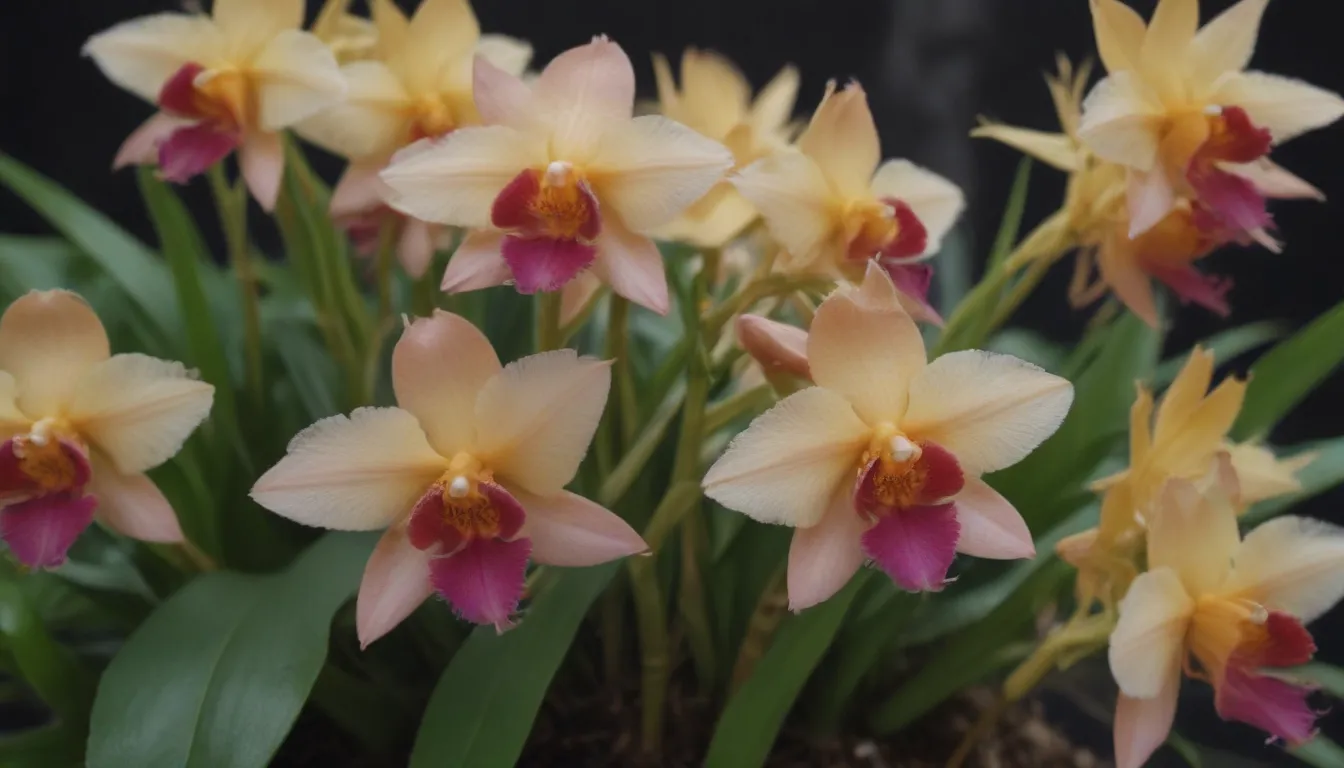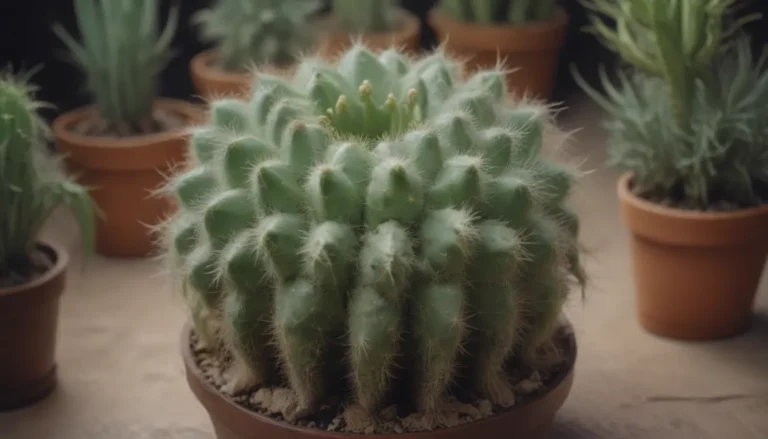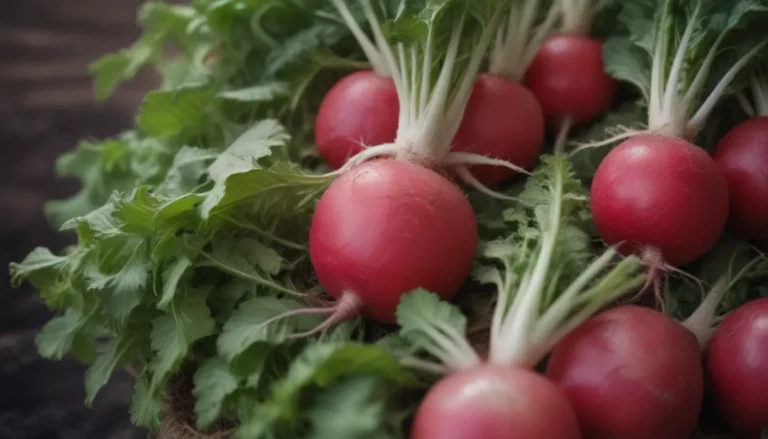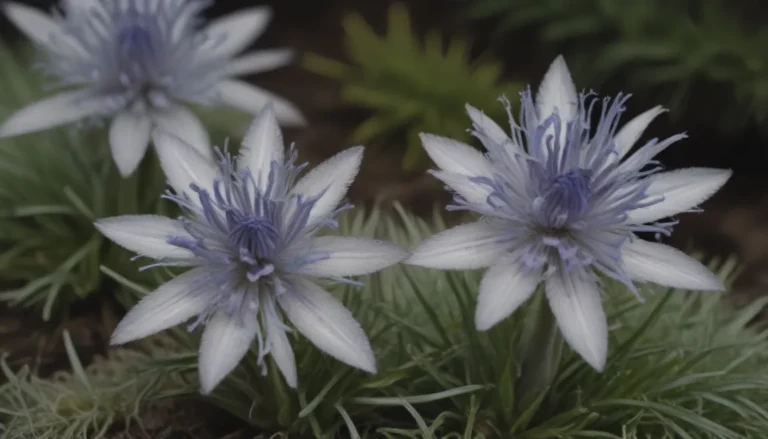Comprehensive Guide to Growing and Caring for Epidendrum Orchid Varieties

The Epidendrum genus of orchids is a diverse group of plants with over 1,000 different species. These beautiful flowers are known for their unique growing habits and stunning blooms that come in a variety of colors. In this comprehensive guide, we will delve into the world of Epidendrum orchids, exploring how to grow and care for these intriguing plants.
Introduction to Epidendrum Orchids
The name Epidendrum comes from the Greek words “epi” and “dendron,” meaning “upon trees.” This is because most Epidendrum orchids are epiphytic species, meaning they typically grow on trees and collect their nutrients from the air and surfaces around them through exposed roots. The leaves of Epidendrum orchids are leathery and waxy, with common flower colors including red, purple, yellow, orange, and white.
While some species of Epidendrum orchids can grow to be as tall as six feet, there are also dwarf varieties that are more suitable for indoor cultivation. Flowering usually occurs multiple times throughout the year, with peak blooming seasons in the spring and summer. Some species of Epidendrum, such as the long reed stem varieties, grow in the ground and thrive in low-nutrient environments, while others have pseudobulbs that must be kept moist during flowering.
Epidendrum Orchid Care Tips
Taking care of Epidendrum orchids is relatively easy compared to other orchid species, as they are hardy plants that can adapt to a wide range of conditions. Here are some essential care tips for growing healthy Epidendrum orchids:
Light
- Most Epidendrum orchids prefer full sun or partial shade conditions.
- Bright but indirect light is ideal for Epidendrums to thrive.
- Avoid exposing them to intense direct sunlight during the hottest summer months to prevent leaf burn.
Soil
- Ensure that your Epidendrum orchids are potted in a well-draining mix.
- For outdoor cultivation, loamy, sandy soil is recommended.
- When grown in containers, consider using a potting mix with bark, perlite, gravel, moss, or coarse sand.
Water
- Epidendrum orchids need regular watering, but allow the roots to dry out between waterings.
- Water more frequently in warmer months and reduce watering in cooler months to prevent overwatering.
- Water in the morning to prevent stagnation and ensure proper drainage.
Temperature and Humidity
- Epidendrum orchids can tolerate a range of temperatures but should not be exposed to freezing conditions.
- Maintain temperatures around the low 70s during the day and above 10 degrees Fahrenheit at night.
- Keep humidity levels between 50-70% for optimal growth.
Fertilizer
- Feed your Epidendrum orchids with a diluted high-quality orchid fertilizer once a week or every 14 days.
- Use a balanced fertilizer to provide essential nutrients for healthy growth.
Propagating Epidendrum Orchids
- Epidendrum orchids can easily be propagated by dividing baby clones of the main plant.
- Cut off keikis or baby sprouts and transplant them into moist sphagnum moss for successful propagation.
Growing in Containers
- While some Epidendrum species can be grown outdoors, many thrive better in containers indoors.
- Only repot your orchids every three years if the soil looks crusty and needs refreshing.
- Avoid moving your orchids frequently, as they do not acclimate well to changes in their environment.
Conclusion
Epidendrum orchids are fascinating plants that can bring beauty and color to any indoor or outdoor space. With the right care and attention to their specific needs, you can enjoy vibrant blooms and lush foliage year-round. Whether you’re a beginner or experienced orchid enthusiast, adding Epidendrum orchids to your collection can be a rewarding experience. By following the tips and guidelines outlined in this comprehensive guide, you’ll be well on your way to growing healthy and thriving Epidendrum orchids in your own home or garden. Happy gardening!





